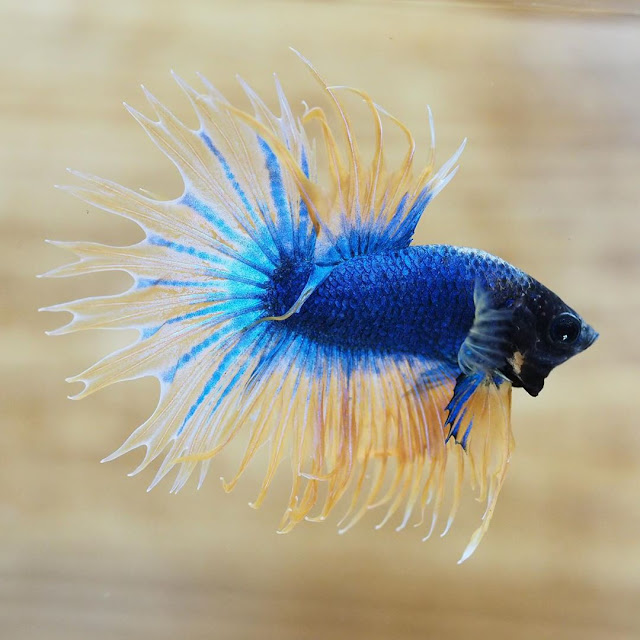The Loyal Freshwater Algae Eaters in Aquariums: Blue Phantom Pleco
The LoyalFreshwater Algae Eaters in Aquariums: Blue Phantom Pleco – It has bluish spots and tough, armour-like
scales. They can be algae-eaters but desire some meaty foods within their diet
at the same time. It's theorized that this fish may be a northern version of
the pleco Hemiancistrus subviridis, L200. They are naturally found in areas
with fairly high current but can adjust to more serene well-oxygenated
conditions.
 |
Photo copyright from aquariumdomain.com
|
The Loyal Freshwater Algae Eaters in Aquariums: Blue Phantom Pleco
Much the same to the
Hemiancistrus subviridis (L200) but features a blueish-green colouration. The
fish commonly known as "plecos" come from the family Loricariidae,
also known as the “armored catfish”. They contain fish from many more and the genera
Ancistrus, Baryancistrus, Chaetostoma, Hypostomus, Leporacanthicus, Panaque,
Peckoltia, Pseudancistrus.
They may be known to
many as "suckerfish" because of the shape of the body and mouth and
in many cases are sold as algae-eaters even though a lot of them eat small
algae. Though this is not an "official" identifying approach, it's
popular with hobbyists and collectors.
Compatibility
Ideal for community
tanks, but may be very competitive to other Pleco. Like many species of
Loricarid, the Blue Phantom Pleco can be territorial: discovering and
protecting hiding places that are suitable /breeding caves are often primary
cause for competitive behaviour and the focus of attention. Keeping more than
one adult under conditions that are crowded or in a tank lacking enough
suitable hiding places can result in the death of among the fish.
Typical Tank Set Up
Rocky S. American
biotope with lots of caves and hiding places. Bogwood or driftwood is
considered unnecessary by some, and a requirement by others. It can’t hurt,
therefore it needs to be included to be safe.
Diet
A glance at the mouth of
the Blue Phantom Pleco reveals this species is an "Aufwuchs" eater.
The fish uses its big diskshaped suckermouth, equipped with lots of tiny teeth,
to graze on those surfaces.
Though it's an effective
algae eater once acclimatized, this species of Loricarid will usually readily
accept meaty foods (bloodworms, mosquito larvae, artemia, tubifex) as well as
vegetable matter (vegetables, pellet food, algae and, to the dismay of many
aquarists, additionally aquarium plants). The emphasis needs to be on vegetable
matter, as a diet which is overly proteine-wealthy can result in digestive
ingestation, problems and bloat.
Suggested Tankmates
This fish is a pleco
that is great despite it is natural habitat in rapids for a community tank as
it is going to adjust to less frenzied water conditions. If you do wish to try
water that is quicker, Semaprochilodus characins and silver dollars of numerous
kinds really are a good option for mid water companions.
Procreation
This fish happen to be
spawned in aquarium. Male guards eggs in similar manner to most other
Hypostominae fishes. Exact specifics are unknown, although cave spawner.
Additional Info
Might be the same
species as L200 Hemiancistrus subviridis in which case L128 is the type that is
northern. An inky black fish with varying blueish white spots. Aquarium ought
to have a mild to moderate present. Many plecos also get their size as well as
very big in addition to their waste production make them unsuitable for small
aquariums. As with any other tank residents, select plecos attentively with
respect to their size, behaviour and diet.


